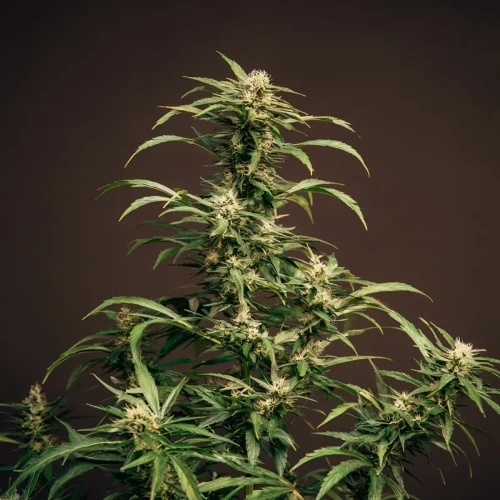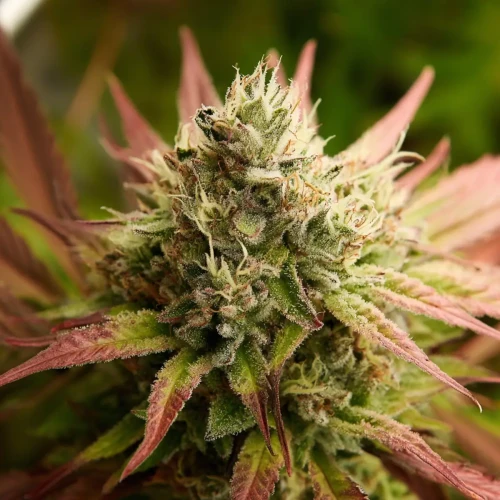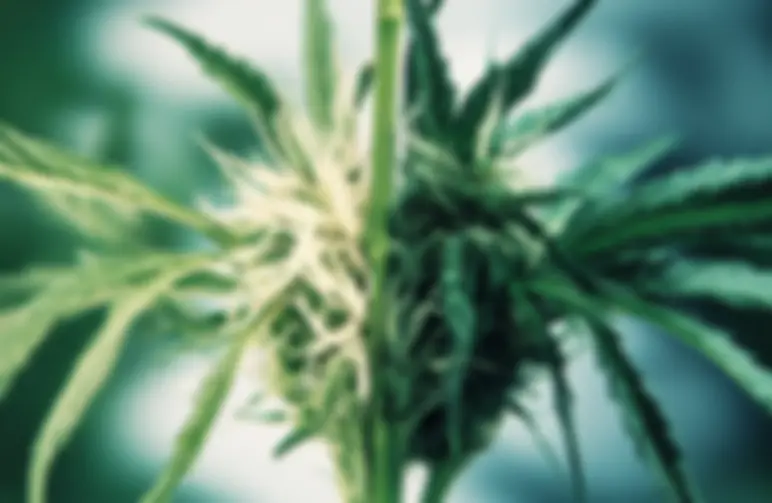Walk into any dispensary or browse any online seed bank today, and you’ll be bombarded with names like “Zkittlez Punch,” “GMO Cookies,” or “Strawberry Banana Kush.” Each promises something new, flavor, potency, yield, resistance. But have you ever stopped to wonder: How are these new cannabis strains actually created?
This post pulls back the curtain on cannabis hybridization: what it is, how it works, and how WeedSeedsExpress and its breeders use it to shape the future of cannabis cultivation.
What Is Cannabis Hybridization?
Cannabis hybridization is the intentional cross-breeding of two different cannabis strains, often from different genetic lineages like indica, sativa, or ruderalis, to create a new plant with desirable traits from both parents.
The Goals of Hybridization
Breeders hybridize for many reasons, but the most common include:
Improved yield or THC/CBD content
Resistance to pests, mold, or climate stress
Unique terpene profiles (aromas/flavors)
Growth pattern adjustments (e.g., shorter plants, faster flowering)
Medical applications targeting specific conditions
Think of it as creating a designer dog, but for growers, not pet lovers. Just like Labradoodles mix the friendliness of a Labrador with the hypoallergenic qualities of a Poodle, cannabis hybrids aim to deliver the best of both parent strains.
The Science Behind Hybrid Creation
Step 1: Selecting Parent Plants
The process always starts with phenotype selection. A breeder will grow several seeds from a strain and evaluate the plants' characteristics, flavor, potency, smell, yield, resistance, growth speed, and more. The best-performing plants become potential parents.
Let’s say you’re working with a particularly pungent Skunk and a mold-resistant Afghani. Your goal might be to pass on Skunk’s potency and aroma while capturing Afghani’s resilience. You’ll breed them and observe the results.
Step 2: Controlled Pollination
Cannabis is a dioecious species, meaning male and female reproductive organs exist on separate plants. For hybridization:
Grow both male and female plants.
Allow the male plant to produce pollen.
Collect and manually apply pollen to a female plant’s flowers.
Once pollinated, the female plant will produce seeds that contain genetic material from both parents.
Step 3: Stabilization (Generational Breeding)
The first generation (F1) of seeds is typically genetically diverse. Some offspring may lean heavily toward one parent or exhibit traits not even seen in either. Breeders will then:
Select the plants with the best combination of traits.
Re-cross these selected plants for F2, F3, F4 generations, and so on.
This is known as stabilizing a strain, and it can take years to lock in desired traits consistently.


Types of Cannabis Hybrids
Cannabis hybrids can be classified in a few ways:
1. Indica vs. Sativa Dominant Hybrids
Indica-dominant: Shorter plants, relaxing effects (e.g., Blueberry x Northern Lights).
Sativa-dominant: Taller plants, cerebral effects (e.g., Haze x Thai).
Balanced hybrids: 50/50 genetics, offering a blend of both effects (e.g., Wedding Cake, Jealousy).
2. Photoperiod x Autoflower Hybrids
Here’s where ruderalis comes in. Crossing a photoperiod strain with a Cannabis ruderalis strain gives you an autoflowering hybrid. These plants:
Don’t rely on light cycle to flower.
Grow faster.
Are often more compact and hardy.
Autoflower hybrids are ideal for beginner growers or those in short-season climates.
3. CBD-THC Balanced Hybrids
Some hybrids are specifically created to balance therapeutic effects. For example, a 1:1 CBD:THC strain like Pennywise feminized seeds (Jack the Ripper x Harlequin) is bred for both psychoactive and medical uses.
How New Strains Are Named and Marketed
A lot goes into naming strains, part science, part marketing, part personality.
For example:
Gelonade comes from crossing Lemon Tree with Gelato #41.
Oreoz seeds come from Cookies N Cream x Secret Weapon.
Peanut Butter Breath strain, Do-Si-Dos x Mendo Breath, gets its name from the nutty, earthy aroma.
Strain names today are often designed to appeal to a certain vibe, flavor expectation, or even meme-worthiness. But at the root of each name is a genetic story, one that’s been carefully crafted in a grow room over many seasons.
Case Study: The Rise of Girl Scout Cookies (GSC)
The GSC strain is one of the most influential hybrids of the past 15 years. Bred from OG Kush fem seeds x Durban Poison strain, it became the foundation for dozens, if not hundreds, of popular offspring, including:
Thin Mint
Animal Cookies
What made GSC so successful?
Unique sweet and earthy flavor profile.
High THC content (up to 28%).
Dense, resinous buds with beautiful coloration.
It became a genetic anchor, the “OG” of a new hybrid era.
Hybridization Challenges & Risks
While the results can be game-changing, creating new hybrids comes with hurdles:
Genetic instability in early generations (hermaphroditism, weak traits)
Loss of vigor in later generations (inbreeding depression)
Over-hybridization, where strains lose distinctiveness and start to feel “samey”
Legal/regulatory challenges, especially when working with high-THC genetics
And let’s not forget: patience is key. Creating a commercially viable hybrid often takes multiple grow cycles, data tracking, lab testing, and a willingness to fail fast and try again.
How Home Growers Can Try Hybridization
You don’t need a PhD or a gigant greenhouse to start hybridizing. If you’re a home grower, here’s a basic roadmap:
5 Steps to Try Hybrid Breeding at Home
Choose two healthy, stable parent strains, preferably regular (non-feminized) seeds.
Isolate a male plant and collect its pollen using a bag or fine brush.
Pollinate a single branch on your female plant to control seed production.
Let the seeds fully develop (4–6 weeks post-pollination).
Grow the seeds, evaluate the phenotypes, and take notes on traits.
Then the real fun begins: selecting winners and breeding the next generation.
Just note: many regions have restrictions on breeding or seed production. Always check your local regulations.
What’s Next for Hybridization?
As cannabis legalization spreads, so does access to advanced tools:
Genetic mapping using CRISPR and genome sequencing.
Tissue culture propagation to preserve elite genetics.
Smart breeding platforms that use AI to track phenotypic and chemical data.
But no matter how advanced the tools get, hybridization still starts with a grower, a goal, and two plants. That hasn’t changed since the first landraces were crossed decades ago.
Final Takeaway: Hybridization is the Heartbeat of Cannabis Progress
Every new flavor, aroma, or potent effect we enjoy today is the result of someone, sometimes a legacy grower in Humboldt, sometimes a first-time home breeder, putting in the work to create something better.
If you’ve ever wondered why two seeds from the same strain grow differently, or how dispensary shelves keep offering something new, the answer is hybridization.
It’s not just science. It’s storytelling, embodied in bud form.
Want to Try Breeding Your Own Strain?
Start with regular seeds from stable, trusted parents. Our Regular Cannabis Seeds Collection includes classics and rare finds, perfect for new breeding experiments. Just be sure to document your process. You never know, you might be sitting on the next Gelato.





